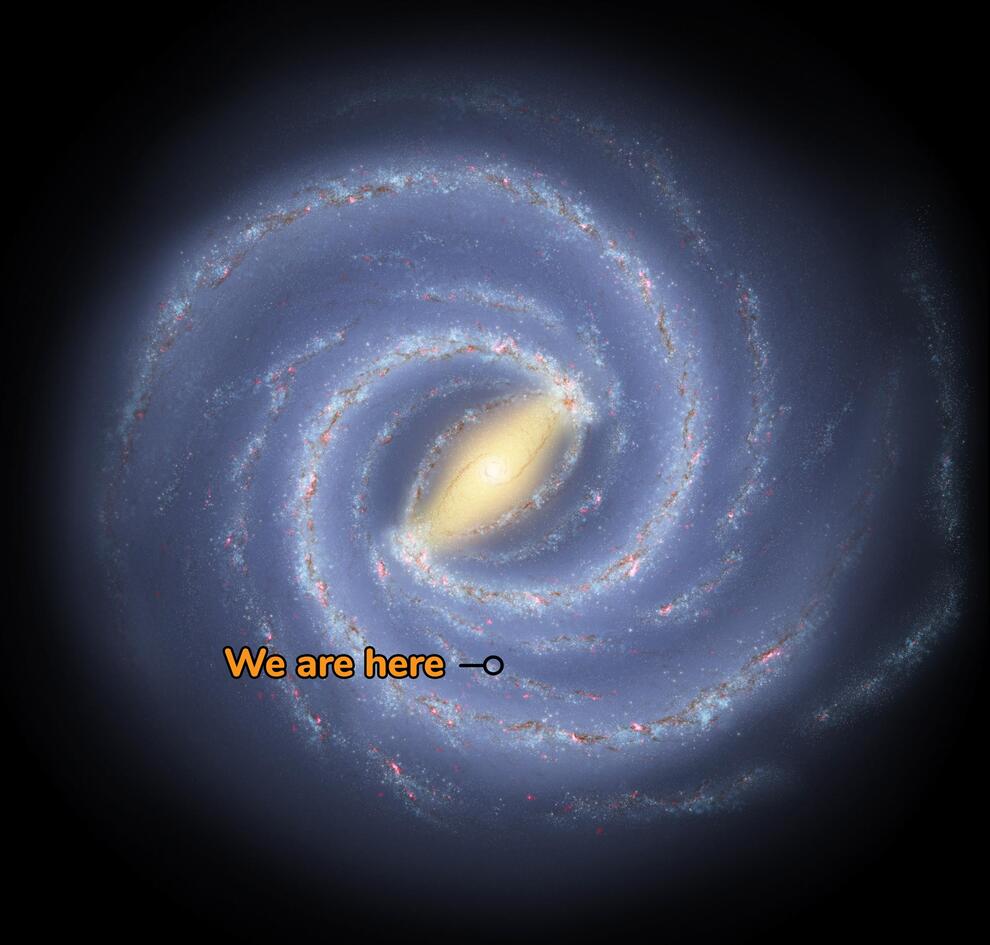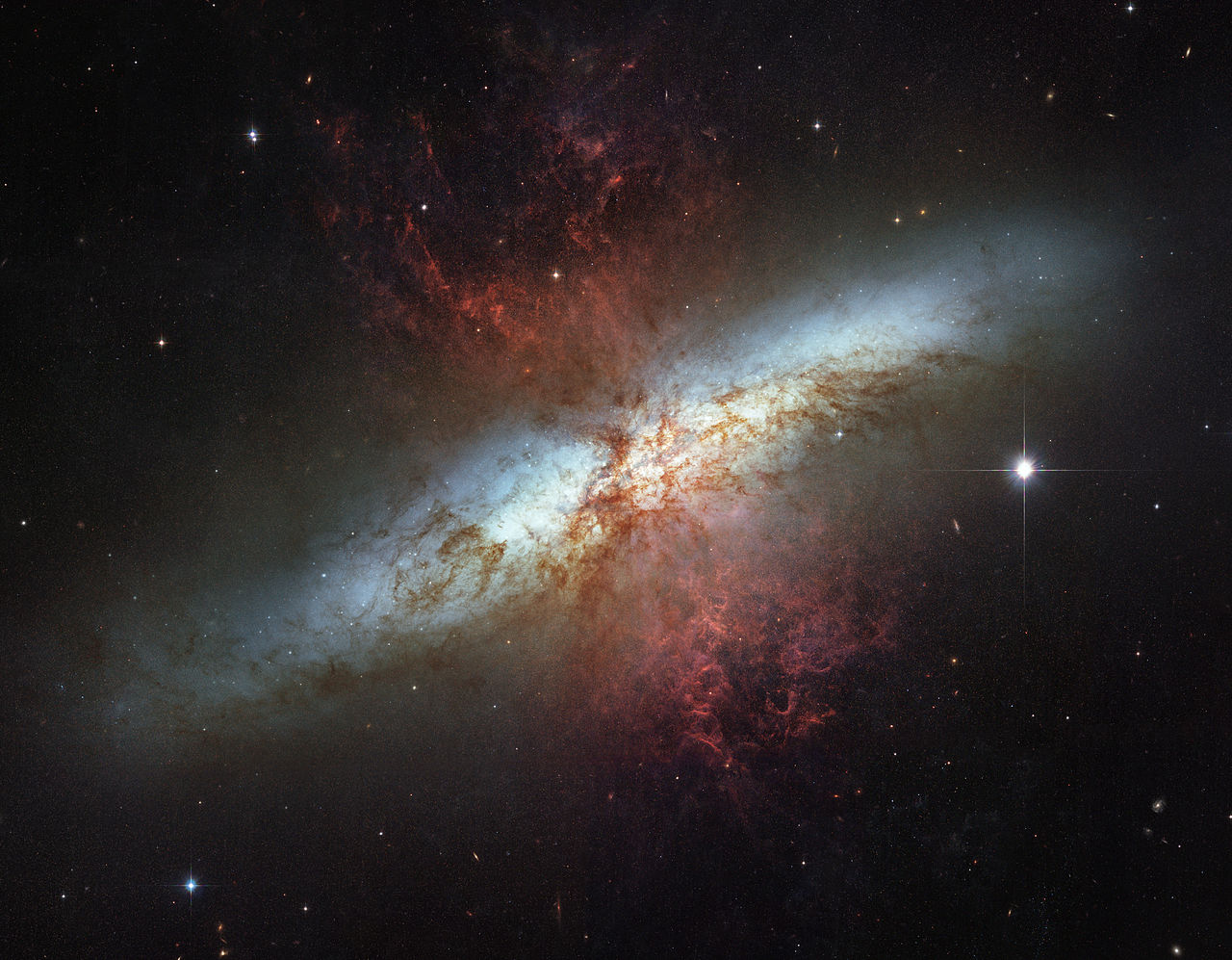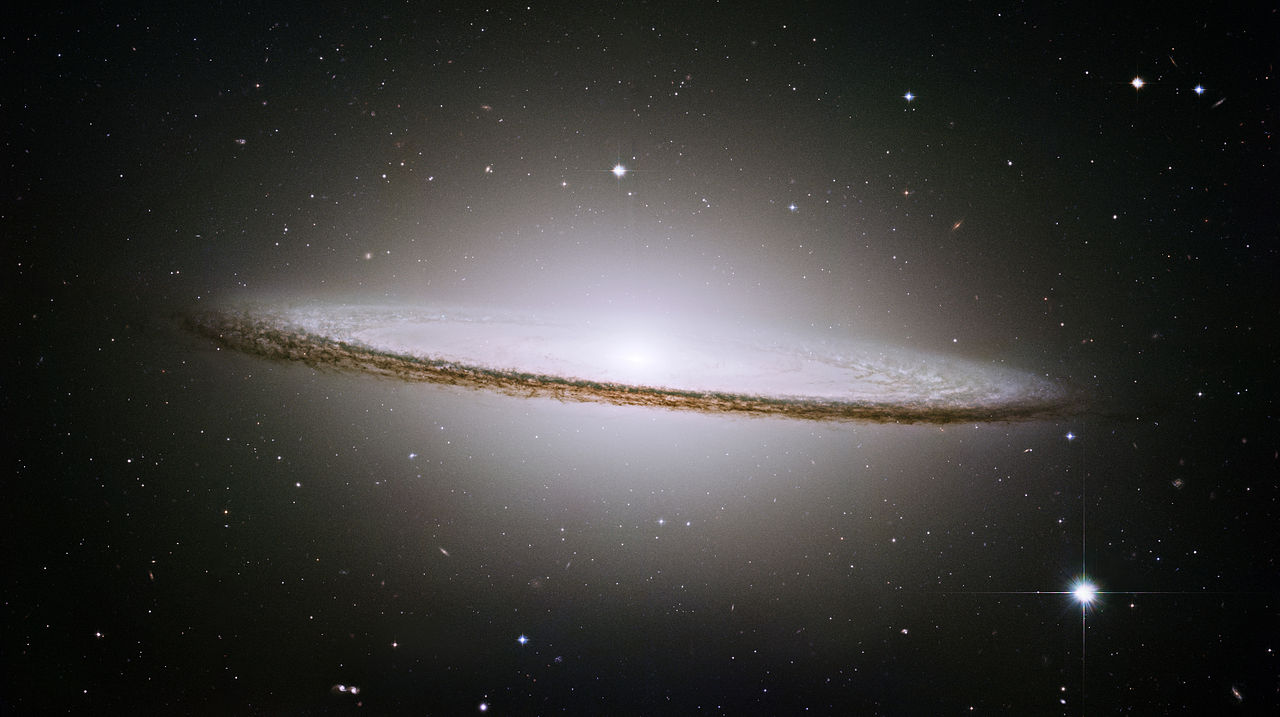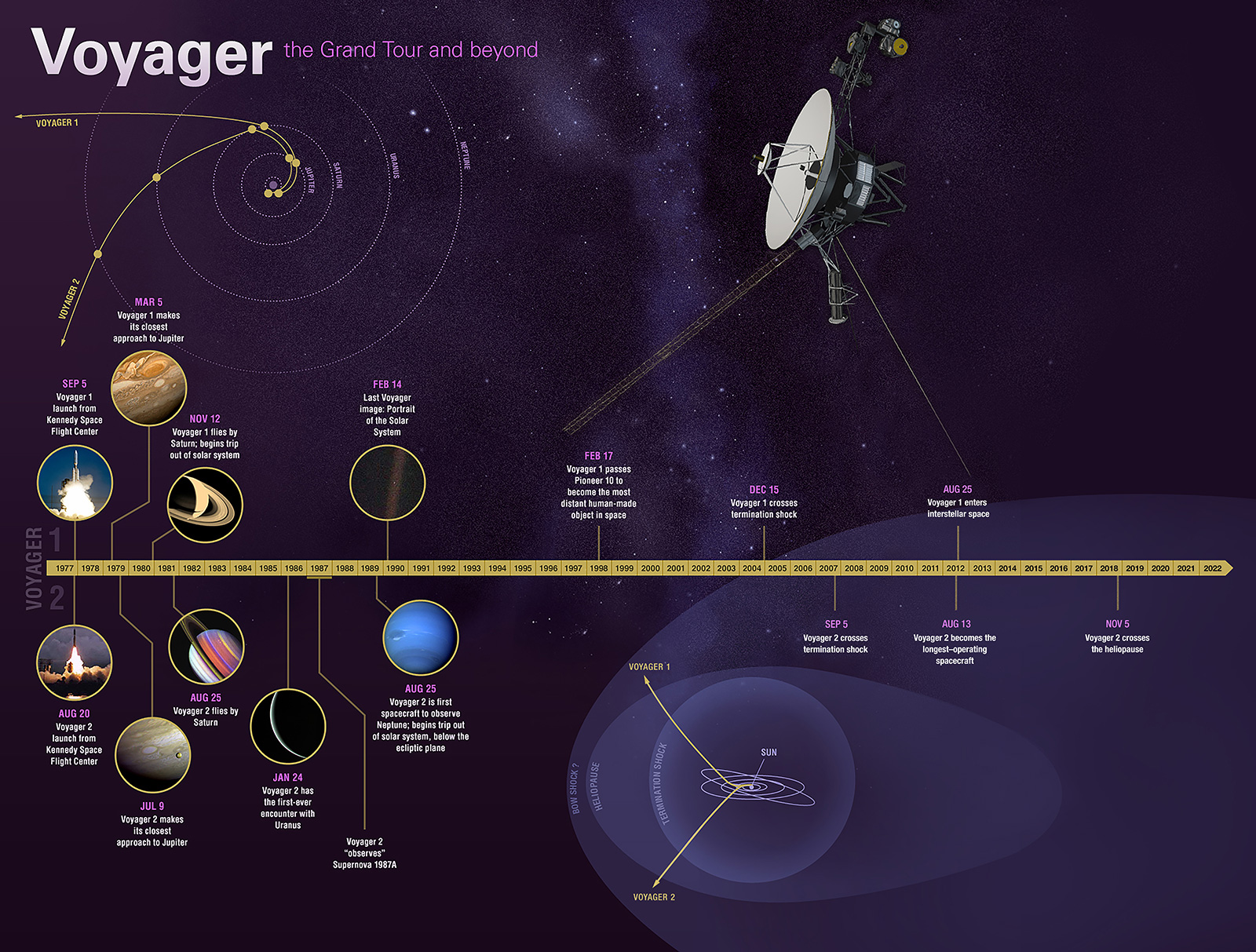



Our star, the Sun, is just one of hundreds of billions of stars swirling within an enormous cosmic place called the Milky Way Galaxy. The Milky Way is a huge collection of stars, dust and gas. The Sun is located on one of the spiral arms, about 25,000 light-years away from the center of the galaxy. Even if you could travel at the speed of light (300,000 kilometers, or 186,000 miles, per second), it would take you about 25,000 years to reach the middle of the Milky Way.
"Very cool," you say, "but do we live in the only galaxy?" Nope, there are billions in the universe that we can see, and possibly trillions more! Here are some other magnificent galaxies that we know of.

M82 Galaxy Messier 82 is a starburst galaxy approximately 12 million light-years away in the constellation Ursa Major. It is the second-largest member of the M81 Group, with the D₂₅ isophotal diameter of 12.52 kiloparsecs.

The Pinwheel Galaxy is a face-on spiral galaxy 21 million light-years away from Earth in the constellation Ursa Major. It was discovered by Pierre Méchain in 1781 and was communicated that year to Charles Messier, who verified its position for inclusion in the Messier Catalogue as one of its final entries.

The Sombrero Galaxy is a peculiar galaxy of unclear classification in the constellation borders of Virgo and Corvus, being about 9.55 megaparsecs from the Milky Way galaxy. It is a member of the Virgo II Groups, a series of galaxies and galaxy clusters strung out from the southern edge of the Virgo Supercluster.
Of course these galaxies are, well,
LIGHT-YEARS
away and we will probably never reach them. The furthest man-made
object from earth right now is the Voyager 1 probe, launched by
NASA on September 5, 1977, followed by its twin Voyager 2.
As of February 25, 2023, Voyager 1 was about 23.1
billion kilometers (14.3 billion miles) away from Earth, which is
approximately 0.002 light years.
Or in other words...
139,926,000,000,000 Bananas

4,693,877,551,020 Giraffes

71,250,000,000 Eiffel Towers

27,915,942,028 Burj Khalifas

Even though it's moving at a blistering speed of about 61,000
kilometers per hour (38,000 miles per hour), it would still take
Voyager 1 approximately 17,000 years to travel one light year
away from Earth.
Luckily, this interactive 3D model
is a lot closer! You can pan around and zoom in to see what it's
like.

Visit the voyager probe page on NASA's JET PROPULSION LABS site to learn more about this amazing probe and its journey, as well as current location.
The cameras on the probe constantly see things from ever-changing
angles, but for us on Terra Firma, the sky looks pretty much the
same every night.
Have you ever wanted to explore the universe? You can pretend to do
just that from right here, with this interactive planetarium from
SkyLive. Have a look around and see if you can spot anything you
recognize!